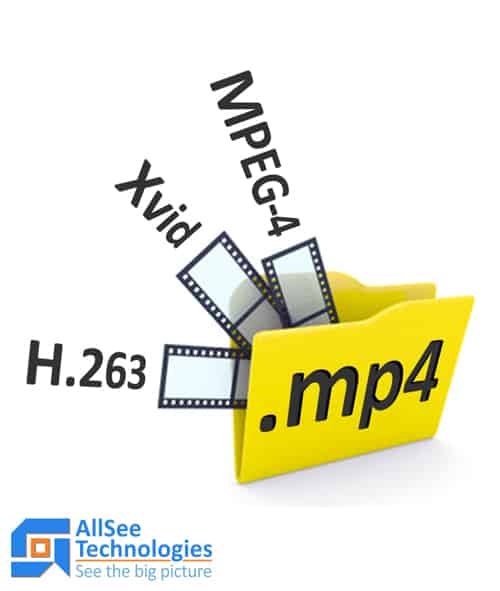
Digital signage media players – debunking codecs.
The digital out of home industry is currently renowned for being extremely fragmented in terms of hardware, software and their capabilities.
It seems that every digital signage media player and plug and play solution supports different media formats. Until there is some sort of agreed industry standard, distributors and end users alike must first understand video formats before achieving the immense potential of digital signage solutions.
When broken down it is really quite simple, each video has a file format (e.g. .mp4 and .avi) and a video format/codec (e.g. MPEG-4, H.264 and Xvid). The file format is often referred to as the “container” as it is the type of file that the video is contained in. A coder encodes the video for later playback embedding certain markers such as sampling rate, frames etc. A decoder looks inside the file and reads this information before playing the contents. The COder-DECoder process is the codec for the video. The audio codec is also contained within the video file (e.g. AC3, MP3, WMA). Both the file type and codec can be changed after the video has been created using free conversion software.
Finding out the file type of a video is usually straightforward as it is the file suffix (e.g. an MP4 file would be called movie.mp4) however finding out what codec a video file has is a little more difficult. Free video editing and conversion software is available to download from the internet and you can usually find out what codec is contained within a video file by viewing the information or properties using the additional software.
Understanding your content, specifically video files, is vital before you can achieve the potential locked up in your digital signage solution.

Thomas Fraser-Bacon is the Marketing Director for Allsee Technologies. His background is in Digital Signage and Product Design.


